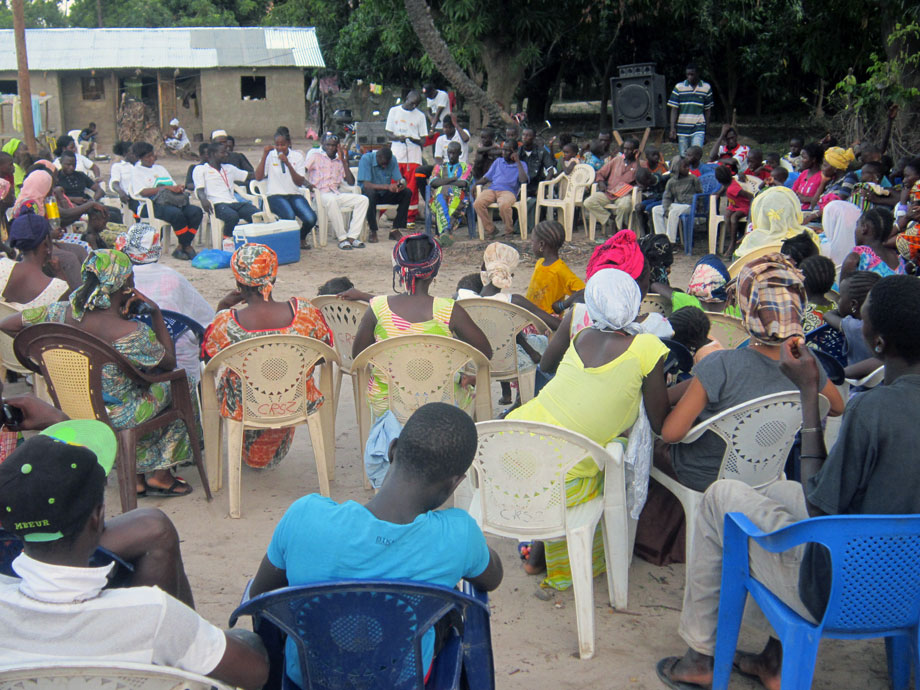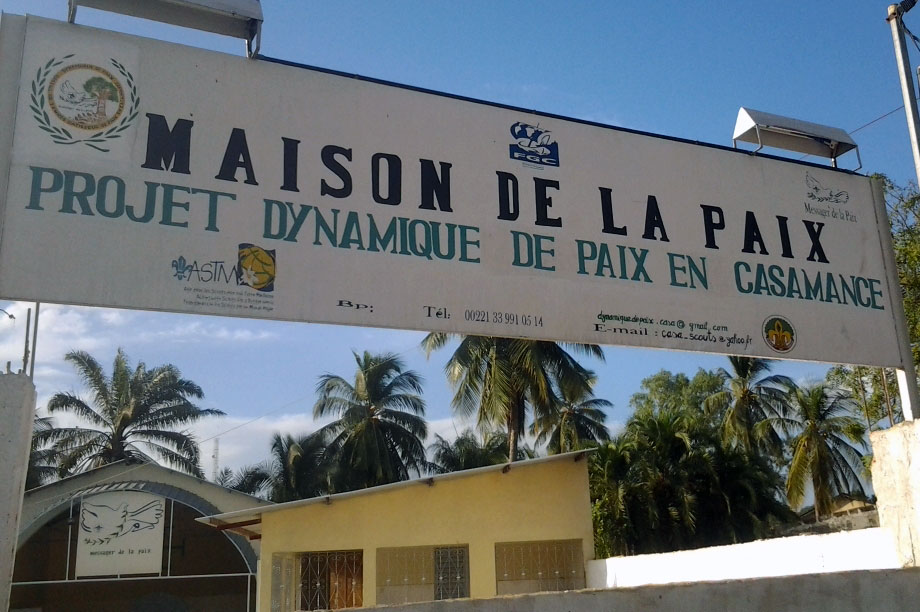Alvar Jones Sanchez, the author of a piece of research entitled “Issues and practices in community participation in Casamance”, is particularly interested in peacebuilding and the impact of peace committees. Critical of these methods of intervention, he describes the existing gulf between stated objectives and the use of the committees by local populations, and by NGOs.
Population participation has been one of the cornerstones of peacebuilding efforts in Casamance. Has this approach borne fruit?
Alvar Jones Sanchez : The intention of starting from the bottom up to resolve conflicts is commendable. Nevertheless, the aims of participation, its methods and functioning are prescribed from the outside. How can one build support and create dynamics which are experienced as being endogenous in these conditions? In contexts where the mediation of disputes is often the preserve of men of a certain age and status, some imperatives in the functioning of peace committees, such as the integration of women and young people, reduce their legitimacy. There are already a number of conflict resolution mechanisms in place in village societies. In the absence of social integration, there is little or no recourse to those implanted by NGOs.
This approach also falls victim to the illusion of impartiality. By choosing the “right people” and giving them the “right training”, it should be possible for the committee to act impartially: this idea suggests that individuals can escape from their communities and the places they occupy within them. The opposite is true: committees are often instrumentalised as a means of accumulating wealth, visibility or power, for oneself and one’s community. They can also be the stage for pre-existing clashes in the village, often linked to land ownership issues and resource exploitation.

What is your view of NGOs’ actions?
AJS : For over a decade, it has been easy to see the problems faced by the committees, and their lack of viability. The immutable character of the strategies employed clearly illustrates the limitations of the reflections on the impact of interventions. They are not judged according to the benefits which they bring. They are valued and replicated based on their competitive value on the development market. In Casamance, peacebuilding has led to the emergence of a particularly lucrative humanitarian market.
This commodification of peace has led to the massification of interventions. In some areas, several NGOs squabble over the promotion of conflict mediation. They share the same targets (certain villages), the same objectives (conflict mediation), and similar “participative” strategies (the implementation of peace committees). The lack of cooperation between NGOs has a negative impact on the efficiency of the interventions, and on their very legitimacy.
Since the end of the 1990s, NGOs have enabled significant advances in Casamance: they have namely highlighted the populations’ desire for peace, which had been smothered by the warring parties. Yet the grey areas linked to the commodification and massification of peacebuilding actions have never been reviewed. NGOs, engaged in marketing strategies with regard to their sponsors, offer only a positive reading of their interventions.
How do the Senegalese public authorities experience this lasting presence of NGOs, with regard to an issue affecting their sovereignty?
AJS : There are times when the local authorities – the police force, mayor’s office, sub-prefecture – play the game by referring conflicts to the peace committees for local resolution. Nevertheless, most often, the sponsor’s hoped-for complementarity does not occur, either because they are not aware of the existence of the committees, or because they consider them to be a threat to their authority.
The Senegalese state is more comfortable with the ideological issues inherent in the NGOs’ approach. The emphasis on community, and the participation of populations towards peace, gives a diagnosis by omission: it posits the pro-independence conflict as a local problem linked to the cohabitation of populations. And yet, one of the main causes of conflict in the villages remains land ownership. These conflicts do not stem from a lack of “mutual comprehension” which a culture of peace, promoted by NGOs and sponsors, might compensate for. They have their origins in a land reform from the 1960s which dramatically clashed with customary law. Hence, the participative approach bypasses political issues, in favour of the State, and maintains the status quo.






